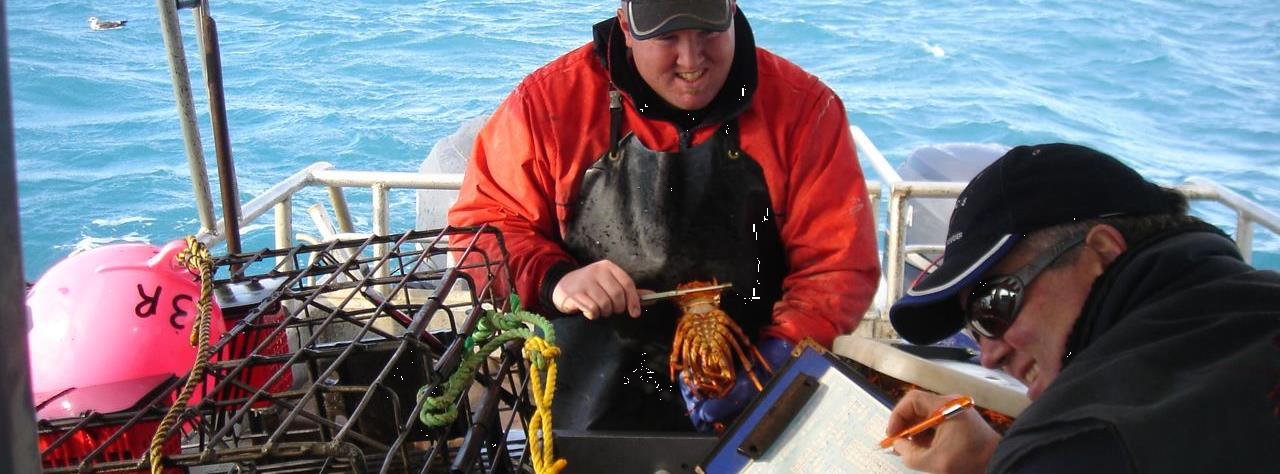Research
In 1995 the industry, with support and encouragement from the Science division of the NZ Fishing Industry Board, established and funded a stock monitoring project which is now an integral part of the annual rock lobster research programme.
Several industry-funded research projects operate in each fishing year and the data collected inform the annual stock assessment process and assist in the refinement of the various regional commercial harvest initiatives.
Post-harvest research
Industry has made significant investment in post-harvest research through the auspices of the CRA8 (Southland) rock lobster industry.
Two sequences of research into harvest handling and transport techniques confirmed changes to operational details which demonstrably improved the quality of lobsters landed to Licensed Fish Receivers (LFRs) and reduced discard damage and/or losses.
The techniques proven in CRA8 have been progressively adopted as an industry standard.
DNA sequencing
The broad aim of a DNA sequencing project with funding from NZ RLIC and Seafood Innovations Limited is to use state-of-the-art DNA markers (Single Nucleotide Polymorphisms, SNPs) to provide information on the larval exchange (connectivity) patterns for New Zealand rock lobsters. This will allow the development of enhanced management strategies, and new marketing, wild fishery enhancement and forensic opportunities over the next decade.

This was the first species DNA profile completed in New Zealand and the first for a lobster species internationally. The project outcomes re-confirmed a single species across all New Zealand with genetically different traits influenced by environment and location.
Coupled with previously published research linking larval distribution to oceanic and climate events, the DNA profile highlights some general spatial differences.
Whale_Safe
Building on a local initiative by the CRA5 Rock Lobster Industry Association (CRAMAC 5) the NZ RLIC has released a Whale_Safe programme to assist pot and trap fishermen in avoiding and/or mitigating the risk of entanglements.
Whale_Safe comprises a booklet containing detailed information about cetacean movements and behaviour, a sequence of photos and illustrations to enable identification of the different cetacean species; and advice on how to set gear to avoid entanglements. The material in the booklet was commissioned from Dr. Martin Cawthorn who is regarded internationally as an expert on cetacean biology and behaviour.
